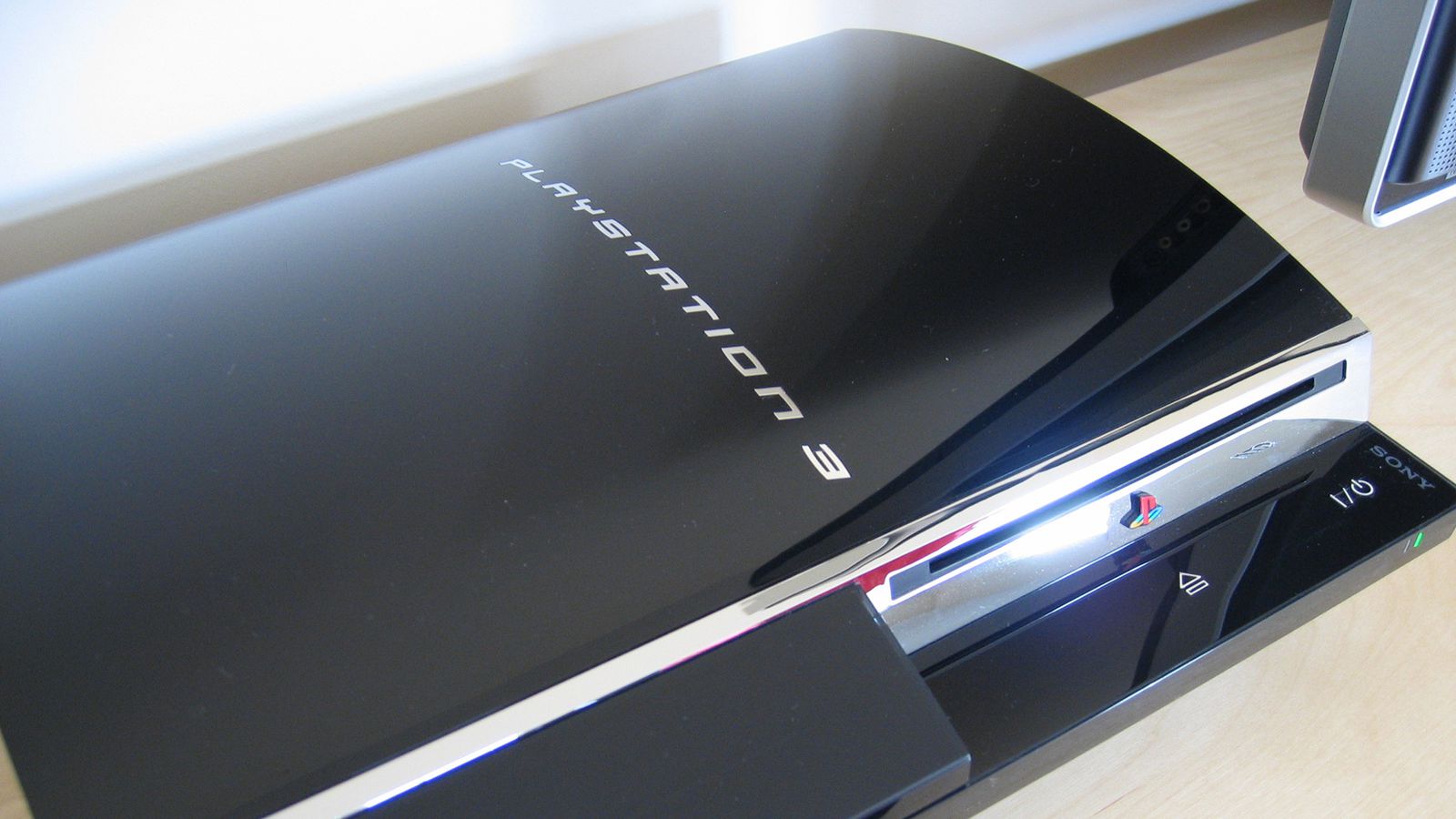- Sony reportedly spent about $1.7 billion on the PS3 processor.
- The company is estimated to have lost $300 on every console sold initially.
- The revenue was mainly generated from software sales.
Sony’s PS3 was released 17 years ago. Although it couldn’t hit massive sales figures like its predecessor, the hardware was groundbreaking in more than a few ways.
It was the first console to offer Blu-ray support, came with extensive online functionality, and boosted the Cell Broadband Engine. According to a report, this CPU cost Sony $1.7 billion to develop, making the initial years of the console difficult for the company.
Why it matters: This processor is the main reason behind Sony’s decision to skip backward compatibility for the PS3 library. Therefore, despite its upsides, the Cell Broadband Engine was far from a blessing for Sony.
Sony may have spent $1.7 billion alone to develop the processor for the PlayStation 3 according to Bloomberg pic.twitter.com/lyDvlZq81i
— Timur222 (@bogorad222) February 7, 2024
This is a massive investment considering the PS3 was far from Sony’s best-selling console, and the Cell architecture did not thrive much either. The processor was developed by Sony, IBM, and Toshiba.
This collaboration was certainly ambitious, with the companies hoping to use the Cell to power various pieces of hardware, including TVs, cameras, and more. Despite the massive investment, the Cell Broadband Engine failed to achieve this goal.
It also became the main reason for the $600 launch price of the PS3. As for why the CPU didn’t work out, it was simply too hard to use at the time, making the Xbox 360 preferable for third-party teams.
Sony later shifted to a more ideal x86 architecture processor made by AMD for the PS4.

If we compare this investment to the typical AMD-based APU used in today’s consoles, Sony’s $1.7 billion investment would likely be several times higher.
The current APUs used in the PS5 belong to the Ryzen family of processors, showing many similarities to their PC counterparts. This eliminates R&D costs involved in the creation of a completely new technology such as the Cell Broadband Engine.
Sony lost about $300 on every console it sold initially, hoping to make it up through software sales.
These losses were eventually reduced as the PS3 became cheaper to manufacture, and features like PS2 backward compatibility were cut from future models. Many believe the PS3 made a massive comeback toward the end of the generation, but it is still PlayStation’s weakest console so far.
Thank you! Please share your positive feedback. 🔋
How could we improve this post? Please Help us. 😔
News Reporter
Abdullah is an avid gamer who primarily plays single-player titles. If you can’t find him anywhere, he’ll probably be at his desk playing The Witcher 3 for the millionth time. When he isn’t playing games, he’s either reading or writing about them.


 Threads
Threads

